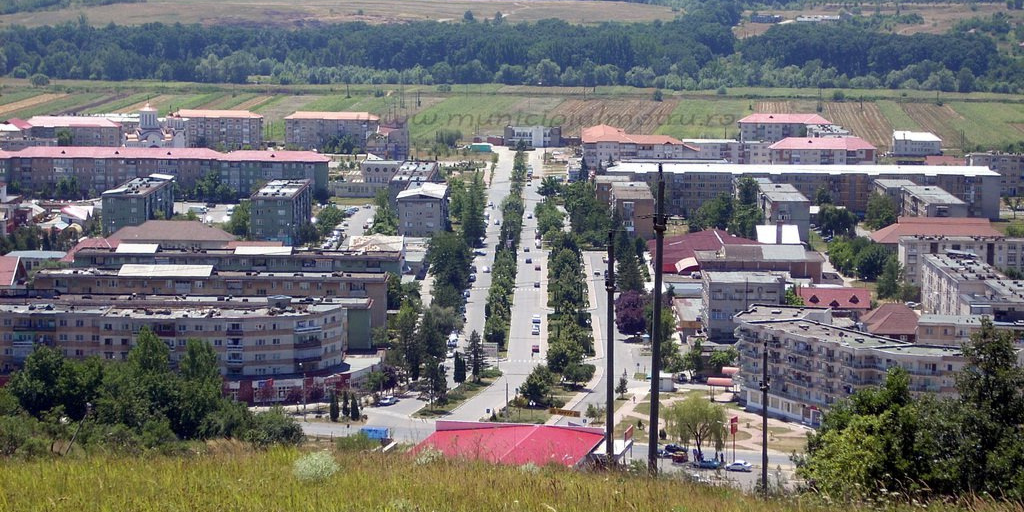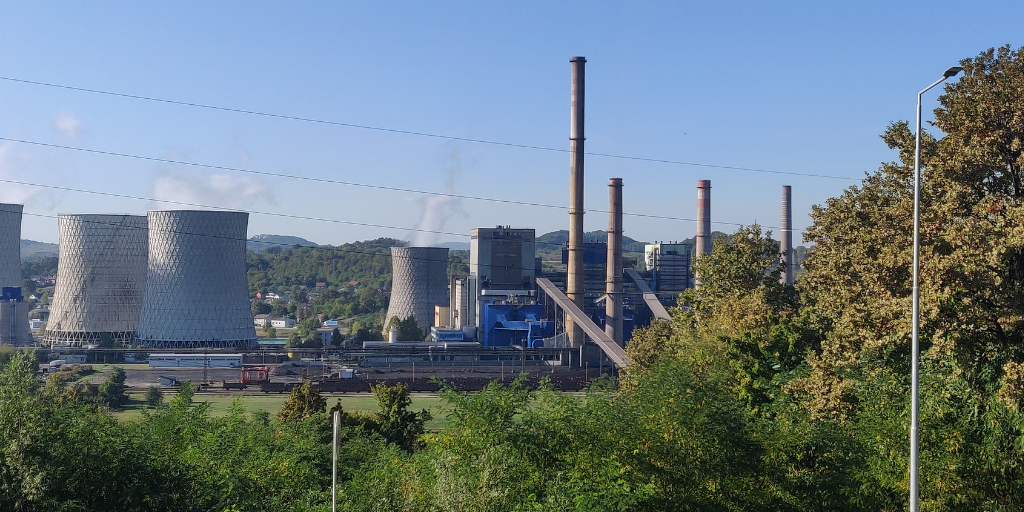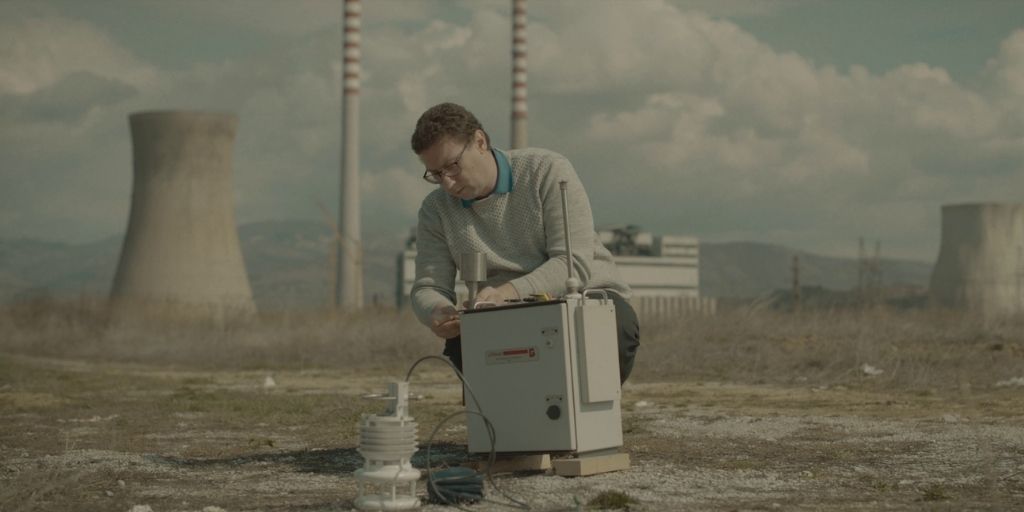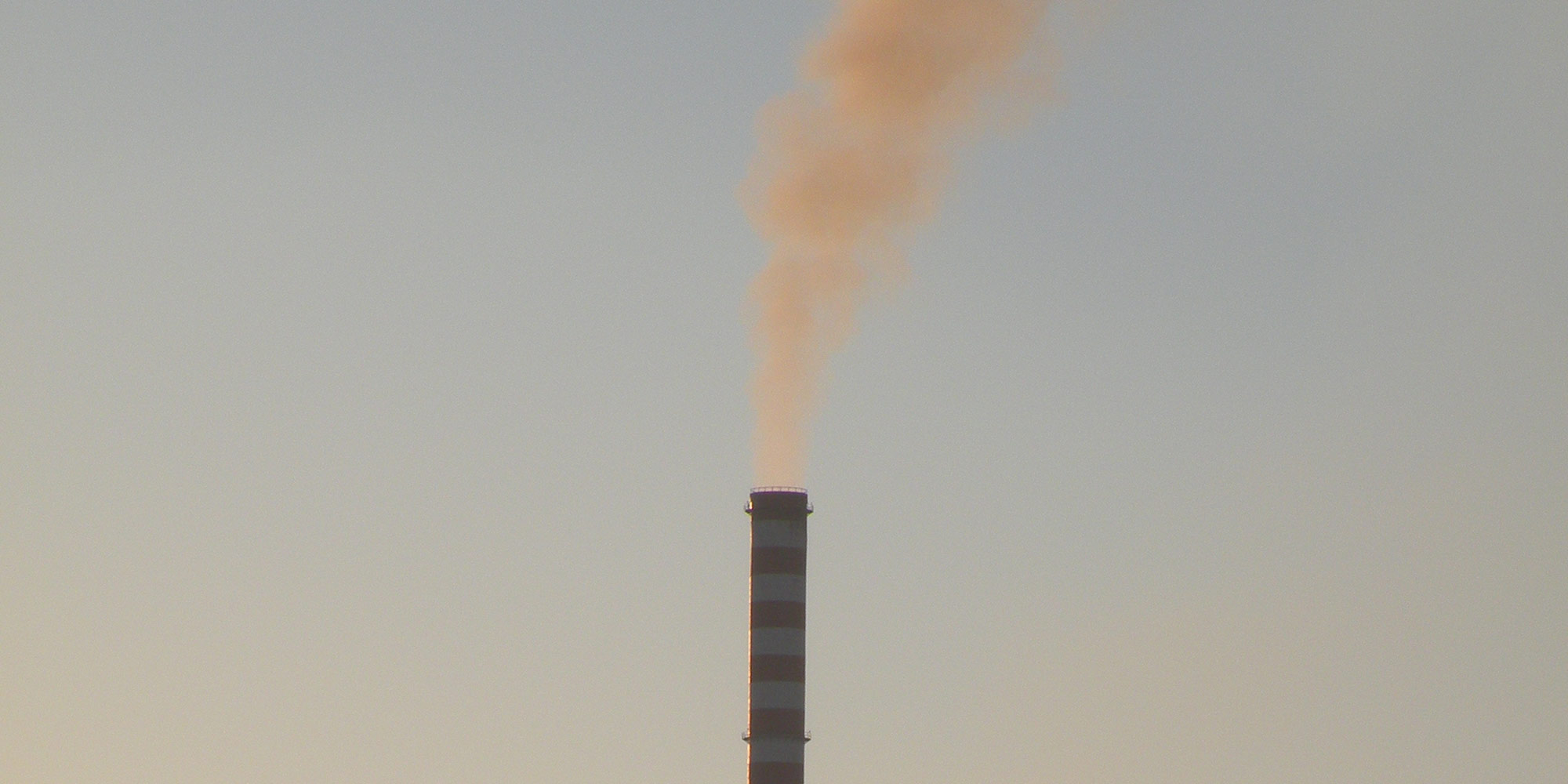Albania, with a population of around 2.85 million, is almost entirely dependent on hydropower for its electricity supply. This gives it an advantage in decarbonising its electricity sector but also makes it highly vulnerable to the changing climate. Massively fluctuating hydropower generation means that despite the addition of hundreds of megawatts in new plants in recent years, the country has to import electricity most years, as shown on the graph below.
Albania also has a 98 MW gas/oil fired power plant at Vlora, financed by the World Bank, EBRD and EIB, which has never operated due to technical faults. Plans exist to convert it to gas and start operating it.
Albania is one of the few Balkan countries producing oil. The state-owned Albpetrol is active in the development, production and trade of crude oil, while the largest oil producer is Bankers’ Petroleum, previously supported by the EBRD and IFC and now Chinese-owned.
Albania is not connected to international gas networks at the moment, though the controversial Trans-Adriatic Pipeline has been built on its territory. The country produces a small amount of gas, mostly used in oil production and the refining industry. It also has an outdated pipeline network of 498 km, which is mostly not operational.
Under the Energy Community Treaty, Albania committed to increase the share of renewable energy to 38 per cent of gross final energy consumption by 2020. In reality it managed 45 per cent. This was mainly due to hydropower and the use of wood biomass in some households.
Until 2017 Albania only offered renewable energy incentives for hydropower and as a result solar PV and wind have remained underdeveloped. However, in late 2023, a 140 MW solar plant was reported to have come online. At the same time, uncontrolled hydropower development has caused increasing discontent and damage to protected areas.
Albania is the only country in the Western Balkans to have completed new large hydropower plants in the last decade and as of the end of 2023 it had at least 25 operational hydropower plants of more than 10 MW, as well as countless smaller ones (see Regulator’s report). Even for the larger plants, financing is often impossible to trace, but known sources include the IFC, EBRD, Raiffeisen and other commercial banks.
Despite its over-dependence on hydropower, Albania still plans to build the Skavica hydropower plant, potentially with financing from the US Development Finance Corporation. The project faces heavy local opposition and could endanger a crucial corridor for the critically endangered Balkan lynx.
Unfortunately Albania also plans to develop a gas sector, despite having signed onto the Sofia Declaration on the Green Agenda for the Western Balkans and thus pledging to decarbonise by 2050. In March 2021, US companies Excelerate Energy L.P. and ExxonMobil LNG Market Development Inc. signed a Memorandum of Understanding with the Albanian government to conduct a feasibility study for the potential development of a liquefied natural gas project in Vlora, consisting of an LNG import terminal, conversion or expansion of the existing Vlora thermal power plant, and establishing small scale LNG distribution.
In November 2024, the Albanian government misused the COP29 United Nations Climate Change Conference in Baku to sign a memorandum of understanding with SOCAR for the construction of a gas distribution system in the southern city of Korçë.
In December 2024, Albania’s Council of Ministers also approved the construction of a 170 MW gas power plant at Roskovec in Fier county, by the Greek-Albanian company Fier Thermoelectric sh.a., 35 per cent owned by DEPA COMMERCIAL S.A.; 35 per cent by GEK TERNA Holdings, and 30 per cent by GENER 2. As well as being a fossil gas plant, the project is controversial due to being sited on agricultural land. Local people allege that most of the electricity will be exported to Greece.
Albania is likely the only country in Europe planning to transition *to* fossil fuels instead of away from them. The country has promising potential for wind and solar, but as with all the countries in the region, different sources put the exact figures at quite different levels, depending among other things on whether they use sustainability criteria.
| Source | Solar PV | Wind |
| IRENA, 2020
REmap 2030 scenario |
1074 MW 1697 GWh |
616 MW 1794 GWh |
| IRENA, 2017
Additional cost-competitive potential up to 2050 |
2378 MW 3706 GWh |
7414 MW 13604 GWh |
| SEERMAP
Decarbonisation scenario 2050 |
2139 MW 2777 GWh |
1806 MW 3435 GWh |
| SEE-SEP
EU Road scenario 2050 |
1910 MW 3250 GWh |
1030 MW 3170 GWh |
Albania, like all the Western Balkans countries, has significant potential for energy efficiency, especially with regard to its high distribution losses which totalled 19 per cent in 2023.. Better insulating houses and using heat pumps instead of old-style electrical heaters would also help to decrease unnecessary demand, while increasing comfort levels.
In December 2022, the Energy Community Ministerial Council adopted 2030 climate and energy targets. According to these, Albania needs to achieve a 52 per cent share of renewables in gross final consumption of energy. To boost energy efficiency and energy savings, it also needs to cap primary energy consumption at 2.6 Mtoe and final energy consumption at 2.4 Mtoe by 2030.
Due to its low starting point, Albania is allowed to increase greenhouse gas emissions compared to 1990 levels, with a 2030 cap of 12 Mt CO2eq. This also implies that an increase compared to recent years’ emissions would be allowed until then. However, this would not be a wise move as emissions targets will become increasingly strict in the coming years in order to reach full decarbonisation by 2050, thus raising the risks of carbon lock-in or stranded assets.
Albania adopted a National Energy and Climate Plan in December 2021, but as a result of the 2030 targets and comments from the Energy Community Secretariat, it needs to be updated. As of January 2025, a draft of the new Plan is undergoing public consultation.
For a more in-depth look at barriers to a sustainable energy transition in Albania and our proposals for how to overcome them, see our 2021 study with the Friedrich Ebert Stiftung: The Political Economy of Energy Transition in Southeast Europe – Barriers and Obstacles. See also our December 2023 story on Albania’s power sector.
More on coal in the Balkans

Sustainable district heating gives hope to the Romanian city of Motru, in a coal mining region
A new study shows that the city’s district heating can come from fully renewable sources.
Read more

Bosnia and Herzegovina illegally extends lifetimes of deadly coal plants
Yesterday the Federation of Bosnia and Herzegovina’s Parliament voted to extend the lifetime of the antiquated Tuzla 4 and Kakanj 5 coal units, in clear breach of the Energy Community Treaty. The move condemns the public to yet more lethal air pollution.
Read more

The heroic dust monitor
This year we are marking five years since Bankwatch engaged in air pollution work in the Balkans. Throughout these years, there was one constant in the work – the environmental dust monitor. It has become the hero of many communities and is known to every organisation in the region that works for cleaner air.
Read more

